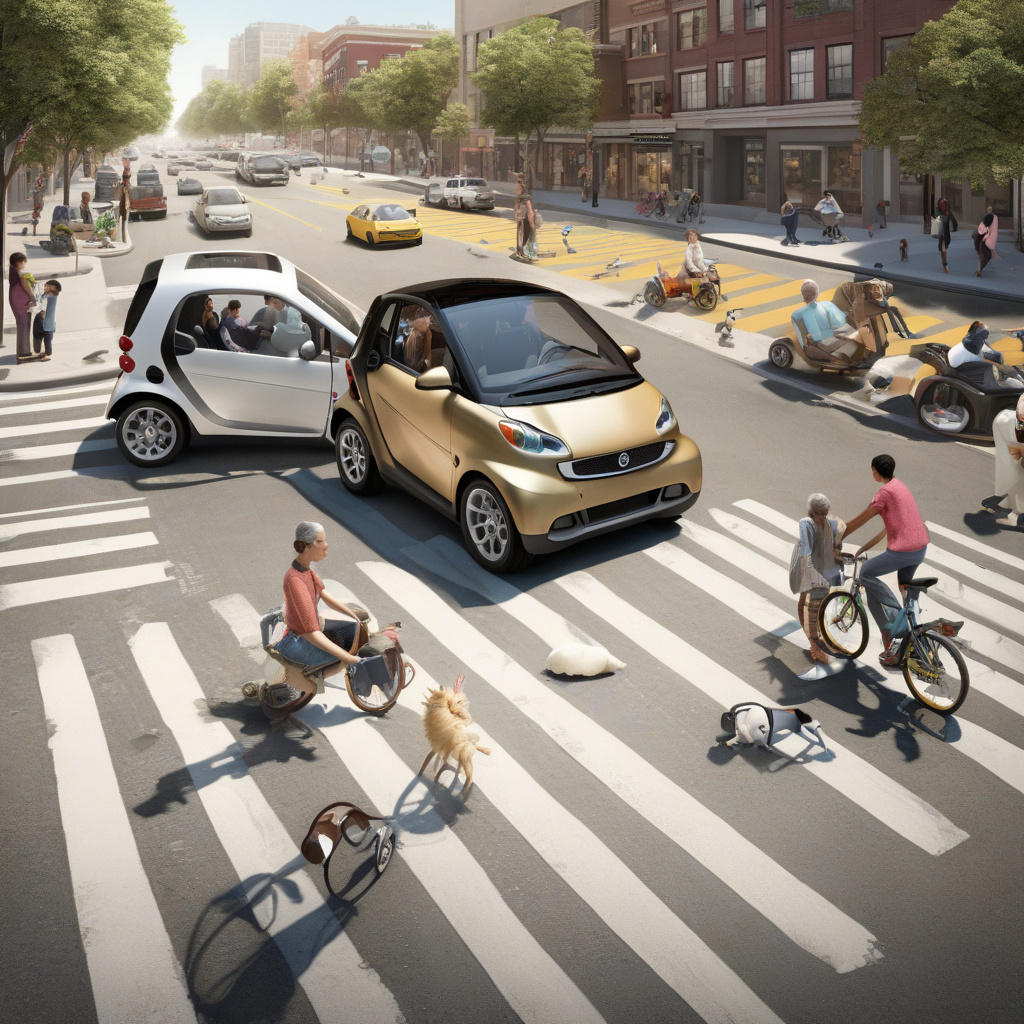In recent years, the automotive industry has undergone a significant transformation, driven by technological advancements and an increased emphasis on safety. One of the key drivers of this evolution is the integration of smart car safety features. These innovative technologies are reshaping road safety standards and revolutionizing the driving experience for motorists worldwide.
Smart car safety features encompass a wide range of technologies designed to enhance driver and passenger safety, prevent accidents, and mitigate the severity of collisions. These features leverage cutting-edge sensors, cameras, artificial intelligence, and connectivity to create a sophisticated safety net that operates in real-time to protect occupants and other road users.
One of the most prominent examples of smart car safety features is automatic emergency braking (AEB) systems. AEB uses sensors to detect potential collisions with vehicles, pedestrians, or obstacles ahead and automatically applies the brakes if the driver fails to respond in time. This technology has been proven to significantly reduce the incidence of rear-end collisions and mitigate their impact when they do occur.
Another critical advancement in road safety is lane departure warning systems. These systems use cameras to monitor the vehicle’s position within its lane and provide visual or auditory alerts if the driver unintentionally drifts out of their lane. By helping drivers stay in their lanes and avoid dangerous lane departure incidents, these systems play a crucial role in preventing accidents caused by driver distraction or fatigue.
Furthermore, adaptive cruise control (ACC) is another smart car safety feature that is revolutionizing the way vehicles maintain safe distances from the vehicles ahead. ACC adjusts the vehicle’s speed automatically to maintain a safe following distance, reducing the likelihood of rear-end collisions and enhancing overall highway safety.
Moreover, technologies such as blind-spot monitoring, rear cross-traffic alert, and parking assistance systems are also making significant contributions to road safety by improving visibility, reducing blind spots, and assisting drivers in challenging driving situations.
The integration of these smart car safety features is not only enhancing road safety but also paving the way for the future of autonomous driving. As vehicles become more interconnected and capable of making split-second decisions to prevent accidents, the vision of a safer, more efficient transportation system is becoming a reality.
In conclusion, the adoption of smart car safety features represents a pivotal moment in the evolution of road safety. By leveraging advanced technologies to prevent accidents, mitigate risks, and protect occupants, these features are transforming the driving experience and setting new benchmarks for safety standards in the automotive industry. As technology continues to advance, the potential for further innovations in smart car safety features is limitless, promising a future where road accidents are a rarity rather than a norm.

